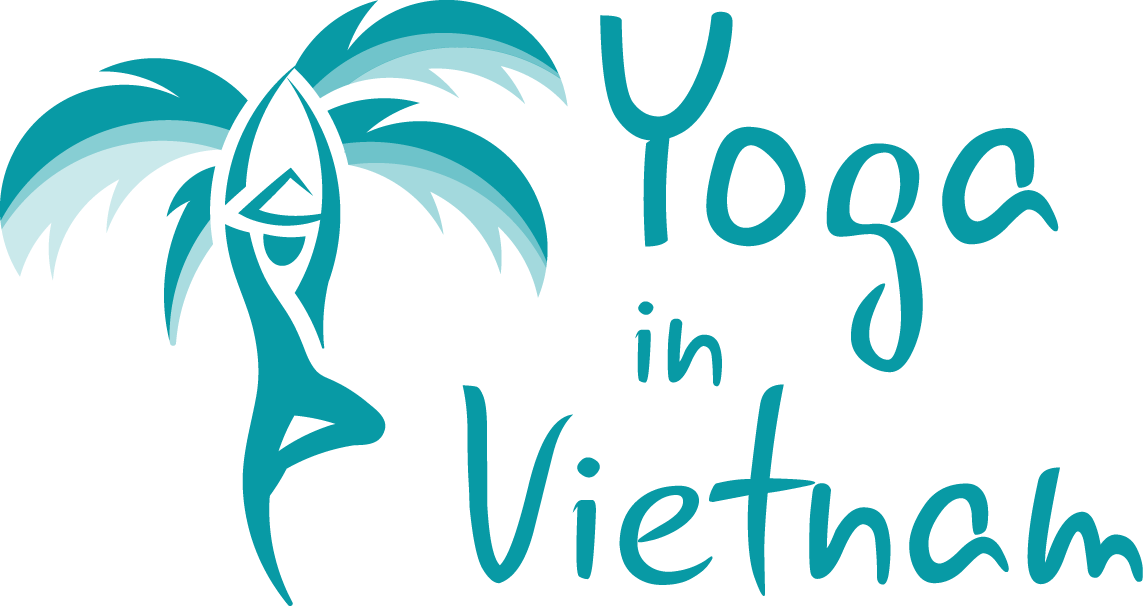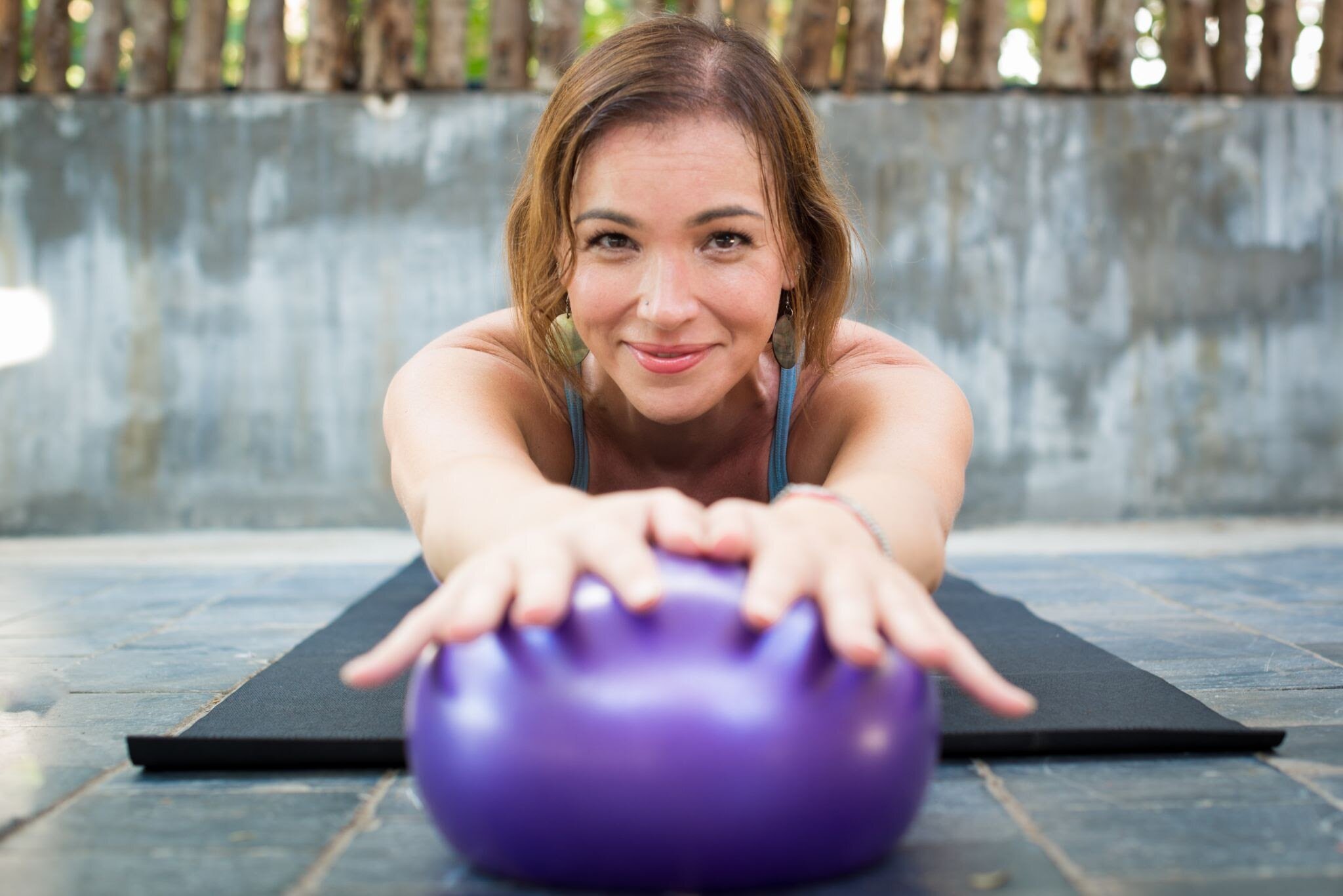Top 5 Differences Between Pilates and Yoga
By Meg Le
May 1st is International Pilates Day, a perfect time to dive into the differences between Yoga, a wide ranging, spiritually rooted practice started thousands of years ago in India, and Pilates, a whole-body exercise and functional movement system created in the 20th century by German-born Joseph H. Pilates.
“Pilates is basically Yoga, right?”
I don’t know how many times I have heard this myth uttered. In short, no, they are not the same, but they are indeed complimentary. Everyone “knows Yoga,” or thinks they do. There are a zillion types of practices, from restorative, to yin, to Hatha, vinyasa, and power, to name a few. It’s been around much longer, and is part of our social fabric, with studios on every corner, free Saturday Yoga in the park, and everyone and their grandma recharging at retreats. But as the field of Pilates also grows, it remains a mystery to most, and we are still in the education phase, especially here in Viet Nam. Certified in both Yoga and Pilates, I fuse the two into my coaching, and often find myself debunking the differences to potential practitioners.
There are various styles of Pilates, from classical, to contemporary, mat-based, reformer, and hybrid classes, and the repretorie continues to expand as more people learn about the benefits of the practice, from increased bone density, to reduced stress, and of course, the easing of lower back pain.
Like most things, there is a world of mixed bag experiences. You can show up for “Hatha” in one studio, and then have an entirely different class with the same name, next door. With Yoga, there can be more freedom of interpretation and creativity (excluding some practices like Bikram or Ashtanga’s fixed series), but with Pilates, you more or less have an idea of what’s going to happen when you register for a session, especially at a classical studio.
Pilates focuses on fewer, quality movements, transitions, and repetition from session to session, as well as safety and form, whereas Yoga can be more far-ranging in style, teacher, and overall student experience. For some, Pilates can sometimes be monotonous and have a reputation of being boring, serious, and a bit too much like Ballet class.
But at its core, Pilates is about building a solid foundation, breaking down the principles over and over, and slowly, often painfully slow, layering in more advanced concepts over a period of years. It’s not a drop-in once in a while kind of practice, it’s definitely a commitment. I always tell my students to be patient with their bodies, and to not expect results if you don’t consistently show up week to week. The idea is to walk out each time feeling connected to your body, engaged, taller, accomplished, and injury-free, and ready for the next session.
Who created Pilates?
Joseph H. Pilates developed a movement system, originally called Contrology, based on his personal health struggles and practice of breathwork, martial arts, gymnastics, and yes, yoga. He worked with his partner Clara, and a series of disciples (“The Elders”) to bring the transformative practice of Pilates to dancers, athletes, and eventually, the world during the 20th century (Learn more about the evolution of Pilates in this cute animated film).
What is Pilates?
In the Pilates lifestyle, we build strength, balance, and flexibility through the simultaneous incorporation of the principles of Centering, Breath, Precision, Concentration, Control, and Flow. The set up, the movements, and the transitions between them, focus on awareness of breath, alignment of the spine, and strengthening of the "powerhouse" muscles, which include the abdominals, glutes, hips, pelvic floor, and lower back.
Why should everyone practice Pilates?
No one has “perfect posture,” and we all have skeletal and muscular imbalances, exacerbated by a modern lifestyle of too much sitting, too little exercise, and poor habits. Some muscles over work, while others under work, manifesting in stiffness and pain, worsened by spinal degeneration as we age. Think of going to Pilates like taking your car to the shop to get rebalanced, realigned, and repaired, after a week of speeding over potholes.
It’s great just on its own as cross-training, but you can, and should, practice Pilates along with other physical activities such as yoga, running, cycling, swimming. It’s functional fitness, and the body and breath awareness you practice in Pilates helps you work more efficiently and safely in the weight room, when playing sports, and throughout your day. The principles you learn on the mat and on the apparatus translate not only to the gym and the court, but also to safely bending, twisting, reaching, lifting, and squatting. If you are a Westerner living in Viet Nam, you know that leaning improperly over that impossibly low sink to scrub dishes can inflame the muscles around your spine and leave you in pain for days. With those Pilates principles in the back of your head and in the memory of your muscles, you are less likely to get hurt.
The Top 5 Differences between Pilates and Yoga
#1. Pilates is rooted in breath
“If nothing else, learn to breathe properly.” ~Joseph H. Pilates
While some Yoga asana practices like Baptiste tie the breath to the movement and use ujjayi, and traditional practices use optional bandhas and a lot of pranayama, breath is the foundation of every style of Pilates. Most of us do not fully utilize our lung capacity, and stressful modern lives lead us to only breathe in our chest.
Pilates teaches us lateral breathing, thinking of our chest as a 360 degree accordion. As we breathe in through our nose, our full lungs inflate, and as we breathe out through pursed lips, we naturally engage our powerhouse, enabling us to work from the center to the periphery.
#2. Pilates is not a spiritual practice
“Everyone is the architect of his own happiness.” ~Joseph H. Pilates
While some Yoga practices incorporate a spiritual element, Pilates does not. We don’t chant, say Namaste, or discuss the sutras. For those only interested in the physical practice of Yoga, sometimes this side of it can be a turn off, if you are just looking for a work-out.
If you enjoy the mind-body connection and centering of Yoga, but aren’t interested in learning about all eight limbs, you might like Pilates. Because it is breath focused, and your teacher is asking you to do a million things at once, concentration is inevitable. It’s a nice opportunity to find your center and switch your monkey brain off for an hour, while strengthening your core and burning calories.
#3. Pilates is technical
“Physical fitness is the first requisite of happiness.” ~Joseph H. Pilates
Like many Facebook relationship statuses, Pilates is complicated. Don’t expect to walk out of your first session feeling like you “nailed it.” As trained coaches, especially of the Stott methodology, we incorporate exercise science and spinal rehabilitation into the program. We may use terms you have never heard before, and even if you understand the cue, getting your body to perform the thing, while not forgetting about the other thing, is the hard part.
And the more you know, the deeper and more technical the practice gets. We are focused on quality movement, and not cranking out 500 crappy crunches and straining our neck. Expect many Pilates studios to require you to complete an introductory series to learn the principles. We are going for safe, effective movement, and learning how to do this properly takes time.
In general, if you want to maintain your current level, you need a minimum of two sessions, consistently week to week, but if you want to gain additional strength, balance, and flexibility, you need to show up at least three times a week, in some form.
#4. Pilates uses (sometimes expensive) apparatus and props
“Pilates is complete coordination of body, mind, and spirit.” ~Joseph H. Pilates
The original system started on the reformer, an apparatus I have in my home studio (along with a tower), that incorporates springs, straps, and ropes to create resistance and support. Joseph also developed other large pieces of equipment like the chair and cadillac, as well as smaller “props” like the magic circle.
Fully equipped boutique studios will have a series of apparatus, but Pilates is also available in group mat classes in gyms. You really only need an extra thick mat to practice, but many teachers will also incorporate resistance bands, small balls, hand weights, and circles to challenge students in different ways.
As a result, Pilates tends to be much more costly to practice, than Yoga. The apparatus is expensive, as well is the comprehensive teacher training required. If you are more budget-minded, group mat classes are the way to go, but to really advance the practice and get the personal attention you need, consider investing in at least a few 1:1 personal sessions, perhaps on the reformer.
#5. Pilates is adaptive to all bodies
“A man is as young as his spinal column.” ~Joseph H. Pilates
Pilates is for everybody, and every body.
Except for group mat classes, Pilates can be personalized to your individual needs and goals. So whether you start practicing to build strength from a back injury, are looking to improve your golf game, or just desire a stronger core, this practice is for you. Pilates on the mat or apparatus compliments your active lifestyle, and supports and stabilizes you throughout your day.
Regardless of age, body size, body type, gender, physical limitation, fitness, or injury, a well-qualified coach can customize your work out to your needs. Broke your foot and now in a cast for 6 weeks? Time for Pilates. Sixty-five years old and tired of being inactive and in so much pain? Time for Pilates. Feeling like quasimodo from years of slaving away on a laptop? Time for Pilates. Overweight and feeling insecure about going to the gym? Time for Pilates. Ultra-marathoner looking to run more efficiently? Time for Pilates.
It’s a lifetime practice, and we’re all on the journey.
I hope this sparks your curiosity and gives you the confidence to confidently walk into a Pilates studio with an open mind, ready to learn, grow, and change from the inside out.
With a regular practice, Pilates has the power to not only transform your body, but also your life. You will become much more aware of how you sit at your desk, ride your motorbike, or pick up a heavy box. Through repetition you create new muscle memory, and slowly correct your imbalances. That hunched over slump over your laptop will start to feel unnatural. You will see and feel the benefits of breathing fully and completely, of moving from the powerhouse, and appreciate the functional training that will take you well into your later years, just like it did for Joseph. “Change happens through movement and movement heals.”
If you have any questions or are interested in practicing in the beautiful Hoi An, Viet Nam, area, comment below or send me a message.
About the Author
Meg Le is from the USA but has lived, worked, and traveled all over the world. She discovered Pilates in 2004 after a lower back injury and received her first certification in 2017 after planning her exit from full-time corporate life in Seattle, WA. Inspired by her full-time travels, she completed her YTT 500 training in Rishikesh, India, in 2019, and now offers workshops, group sessions, and personalized 1:1 coaching programs that support her students in their journey of conscious breath and mindful movement.
Meg currently resides in Hoi An, Viet Nam, with her long-term partner David and their senior rescue cat Sai. When not traveling, coaching Pilates, or supporting her husband at their An Bang beach cafe Veranda, she is an independent career coach and management consultant. Connect with Meg on Facebook, Instagram, or LinkedIn.





